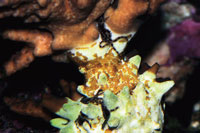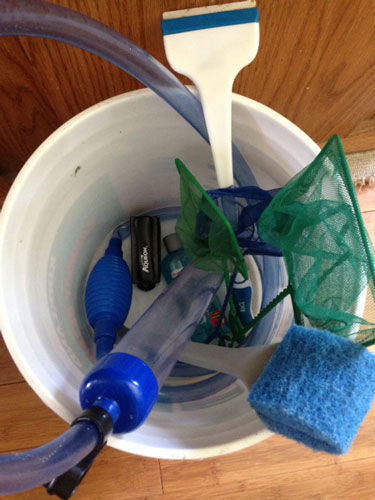Natural redheads tend to have fairer skin than other people and it may also be quite sensitive to harsh chemicals in skin care products. Redheads don't tan well and are more likely to burn in the sun and it's true that people with red hair have a higher risk of skin cancer.
If you have naturally red hair you need to be extra careful when exposed to the sun for any length of time so you can't miss out on the sunscreen. Freckles are common in people with red hair. Whether you have freckles or not will depend on your genetics and how much exposure you have to the sun. Basically freckles are small areas of melanin in the skin which can increase in number and be made more noticeable by exposure to the sun.
The colour of red hair can vary quite significantly from a pale sandy strawberry blonde colour to a dark auburn but regardless of the shade, because red hair is so much more noticeable than other hair colours, having a bad hair day can be a nightmare so it needs to be looked after properly. On the other hand, red hair that is well cared for can look totally stunning and is a real eye catcher.
Why do I have red hair?
The reason that redheads have the hair colour they have is simply because they have more of the pigment pheomelanin than other people, and it is this pigment that gives red hair its vibrant colour. They also have less of another darker pigment known as eumelanin which is why people with red hair have fair skin.
Eumelanin also allows redheads to produce more of Vitamin D in the sun, even when there is not much sun, which may have been an evolutionary measure to help cope with the long dark winters in the Northern hemisphere. The main gene associated with redheads is the MC1R recessive gene which is found on chromosome 16.
Although red hair can be found in all parts of the world, it is most prevalent in the western fringes of Europe, particularly in Scotland and in Ireland, where as many as 40 to 46 percent of the population carry the recessive gene.
Interesting facts about redheads
- Only around 2 percent of the population of the world has naturally red hair
- Red hair is sometimes referred to as "Titian" after the artist who often painted women with red hair
- On the first weekend in September there is a free festival in the Netherlands known as Redhead day, which is attended by thousands of people with red hair each year
- In order for an individual to have red hair, both of their parents had to carry the recessive gene.
Tips for caring for red hair
People with red hair need to protect not only their skin, including the skin on the scalp but also their hair from the harmful rays of the sun. This is even more important for red heads than for others with a different hair colour. When out in the sun, wear a sunhat and sit in the shade rather than in the full sun. Stay away from sun beds.
Although each individual hair strand is thicker in red hair than in other colours, redheads tend to have as much as 30 percent fewer hairs on their head so they need to give it the proper care in order to minimize any hair loss or thinning as this would be much more noticeable on a redhead. This means being gentle with the hair and with the skin on the scalp.
As each red hair is relatively thick, the hair can become weighed down by hair products, however, the texture of the hair can also be quite coarse so moisture is still important. Make sure you use a mild shampoo and a good conditioner regularly and stick to lighter conditioners as opposed to heavier ones.
After shampooing, make sure that you gently towel dry your hair and avoid combing it when it's wet so as not to encourage split ends.
Try to avoid excessive use of heat products on your hair such as hair straighteners, hair curling tongs and blow dryers.
Red hair is often curly and therefore there can be a problem with frizz. To combat frizz, use a conditioning treatment (not the same as a normal conditioner) on a regular basis and if the problem is particularly troublesome, you can try using a serum or a calming balm on your hair.
It's advisable for everyone to have a regular hair trim, usually about every six to eight weeks or so in order to keep the hair in tip top condition and this is especially important for redheads.

 Coral and Invertebrate Quarantine Procedures
Coral and Invertebrate Quarantine Procedures
 Cleaner Wrasse
Cleaner Wrasse
 What to Keep in Your Aquarium Maintenance Bucket
It is too easy for hobbyists, especially new ones, to become
What to Keep in Your Aquarium Maintenance Bucket
It is too easy for hobbyists, especially new ones, to become
 Fish and Fungus
Black Moor Q. I have two large black moor goldfish, one larg
Fish and Fungus
Black Moor Q. I have two large black moor goldfish, one larg
 Aiptasia
Q. I have Aiptasia all over my aquarium and have been
Aiptasia
Q. I have Aiptasia all over my aquarium and have been